Introduced in the mid-60s, the Fulvia Coupé would go head-to-head with Alfa Romeo’s GT Junior; both were compact, lightweight performance machines with advanced engines and competition intentions. However, while the Alfas retained their traditional rear-wheel-drive layout, the Fulvia adopted the front-drive layout of its recently launched Flavia sibling. This gave the Lancia tractability benefits in rally competition – in fact, the Fulvia HF forged the path for the marque’s later dominance by winning the 1972 FIA International Championship for Manufacturers rally series, the precursor of the WRC.
The quirky child of a lengthy relationship
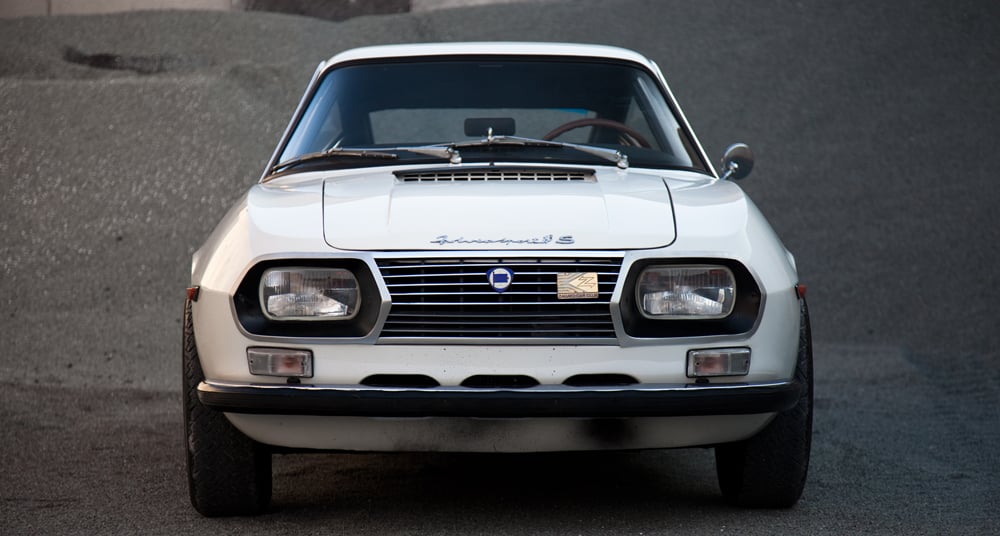
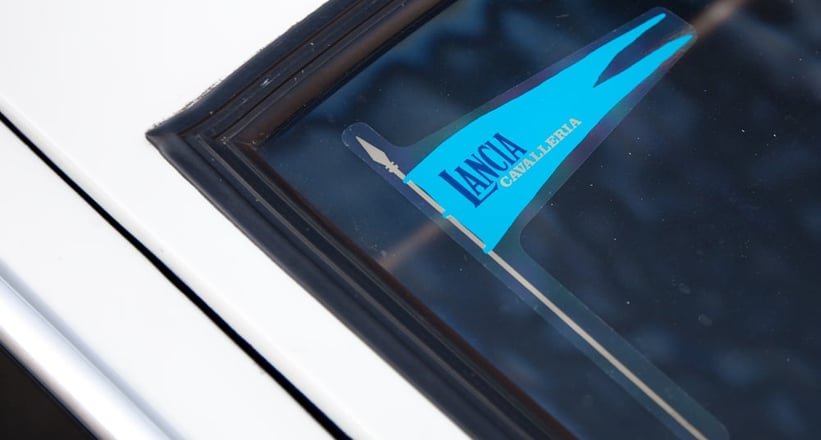
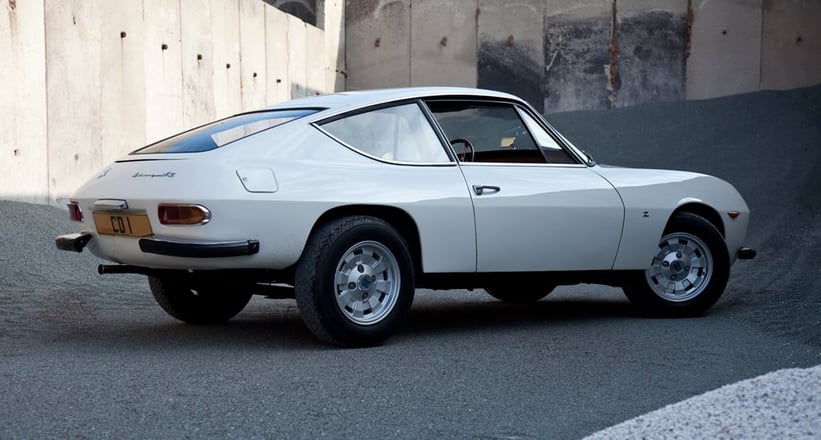
Although mechanically advanced – it used a V4 engine canted at 45 degrees to the left for a lower centre of gravity – the Fulvia wasn’t outstandingly pretty, despite supposedly drawing inspiration from a Riva speedboat. As with the Appia, Flavia and Flaminia, Zagato’s Ercole Spada was enlisted to create an alternative coupé body. While it was certainly different (a fastback profile replaced the more traditional 3-box profile), it was still no beauty. It was, however, one of the first compact European hatchbacks.
Atypical appeal
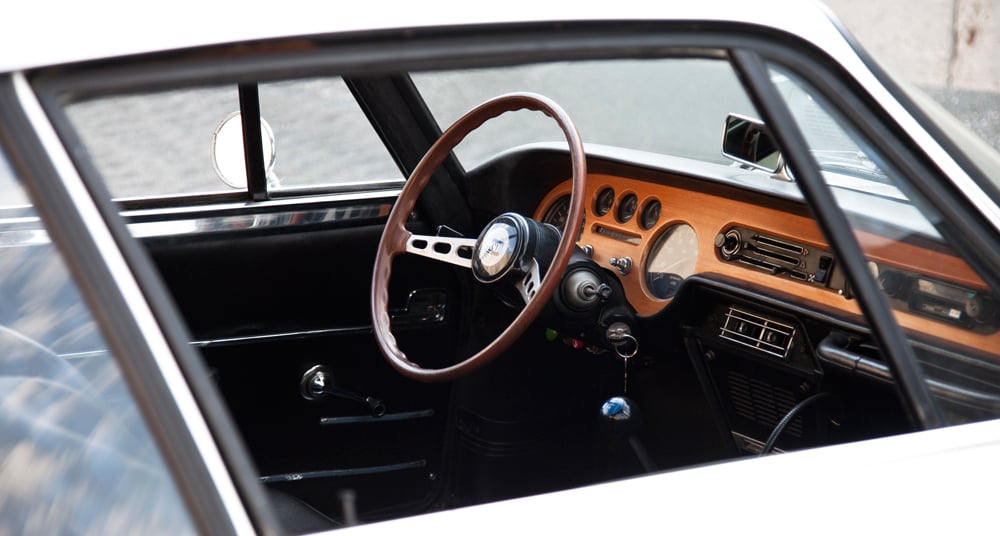
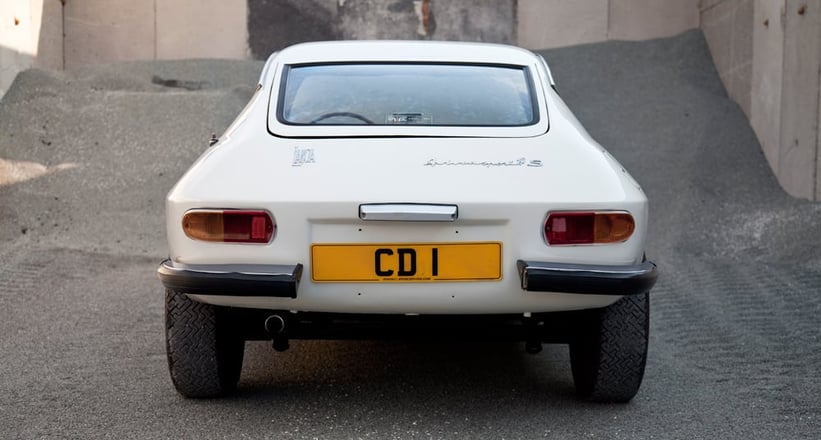
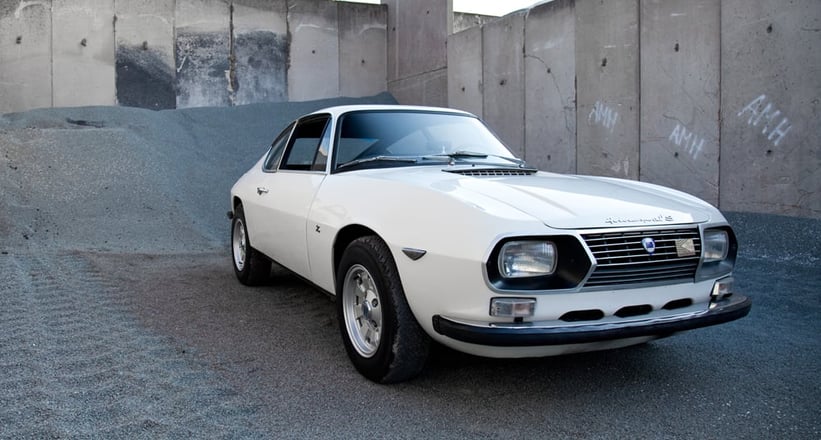
The ‘quirky’ theme continued all the way down to the details: a side-hinged bonnet (on early models) and barely-legible badging script being a few of many examples. These, as well as the competition-proven mechanicals and revered ‘Z’ badges, gave the Fulvia Zagato a certain appeal – of the same type that makes a pretty lady with charisma more attractive than a unintelligent beauty. With several thousand built (an unusually high number for a coachbuilt special), it seems this was a sentiment shared by many. The resulting affordability all but rounds off the ‘complete package’ offered by the Zagato; a true Italian beauty perhaps not in the traditional, superficial sense, but certainly in terms of its soul.
Photos: Jan Baedeker










